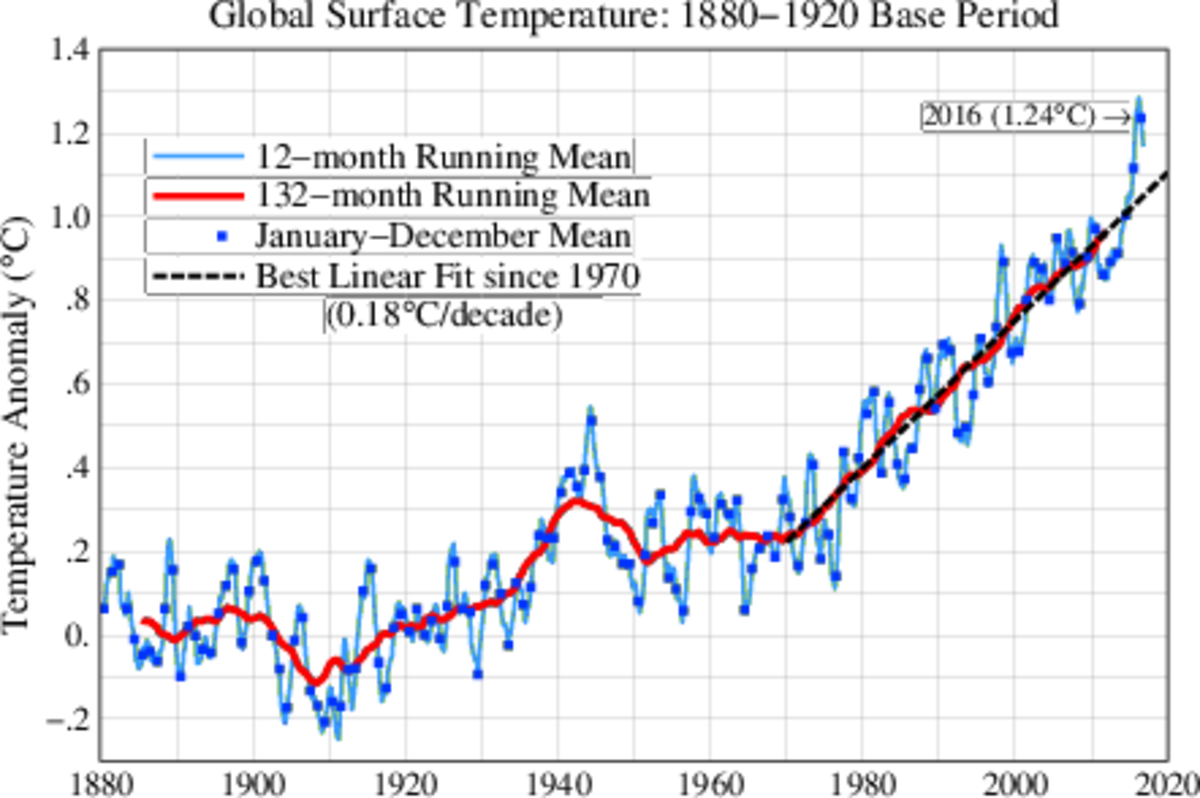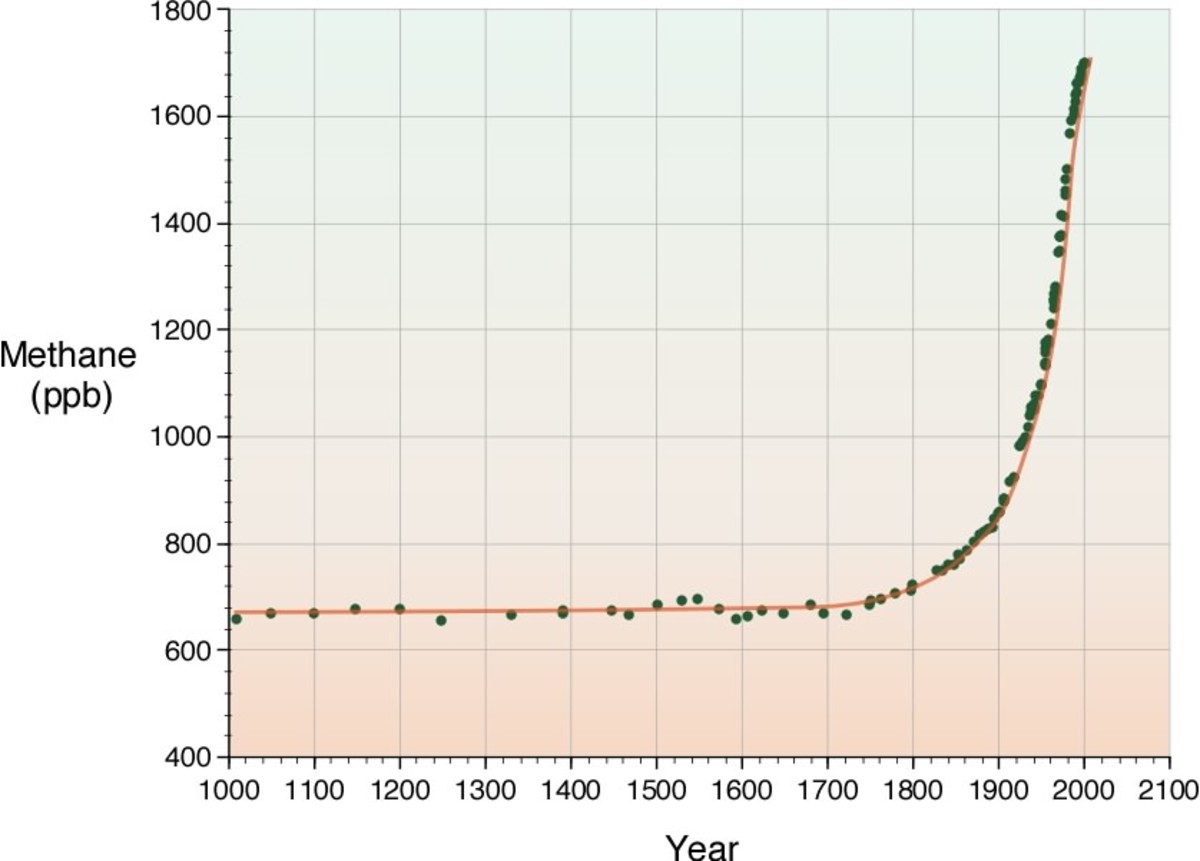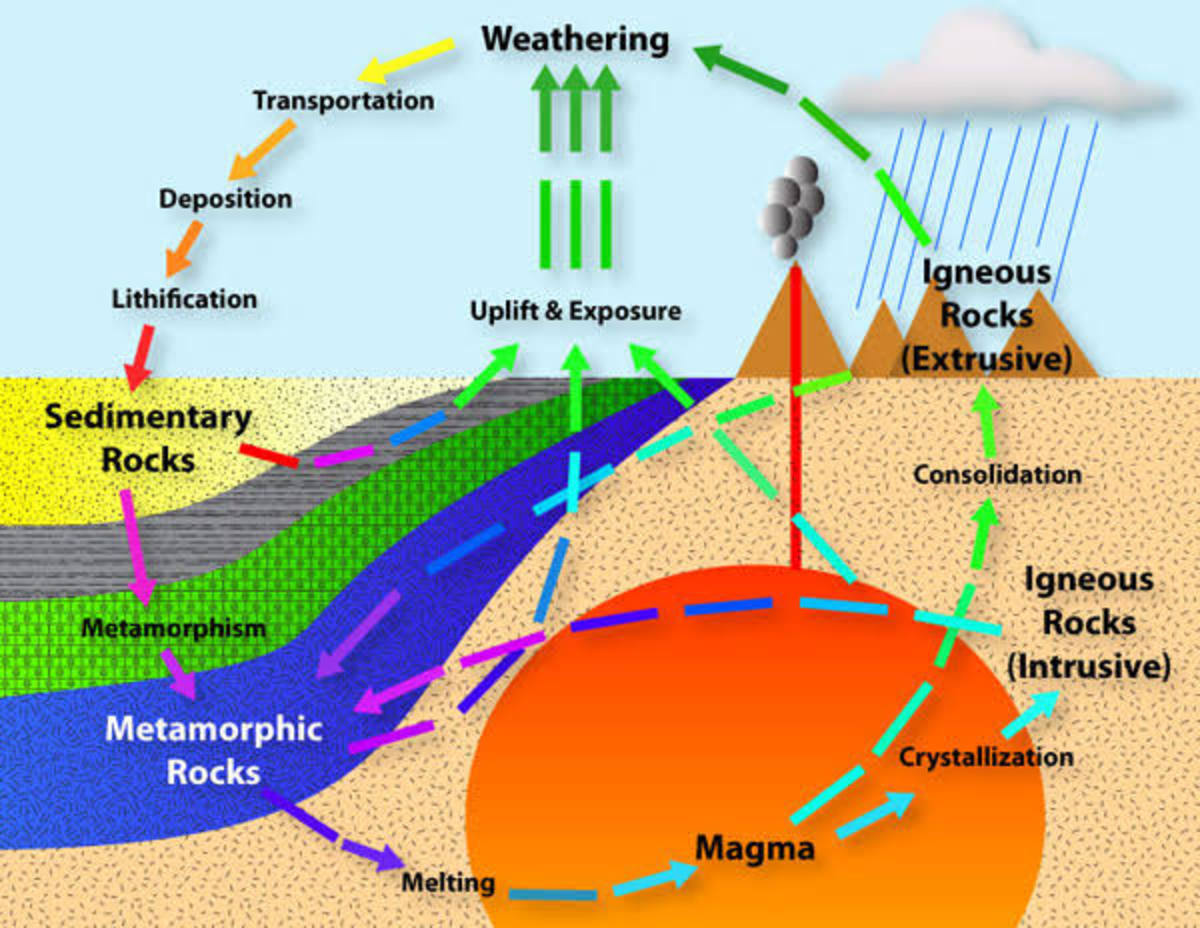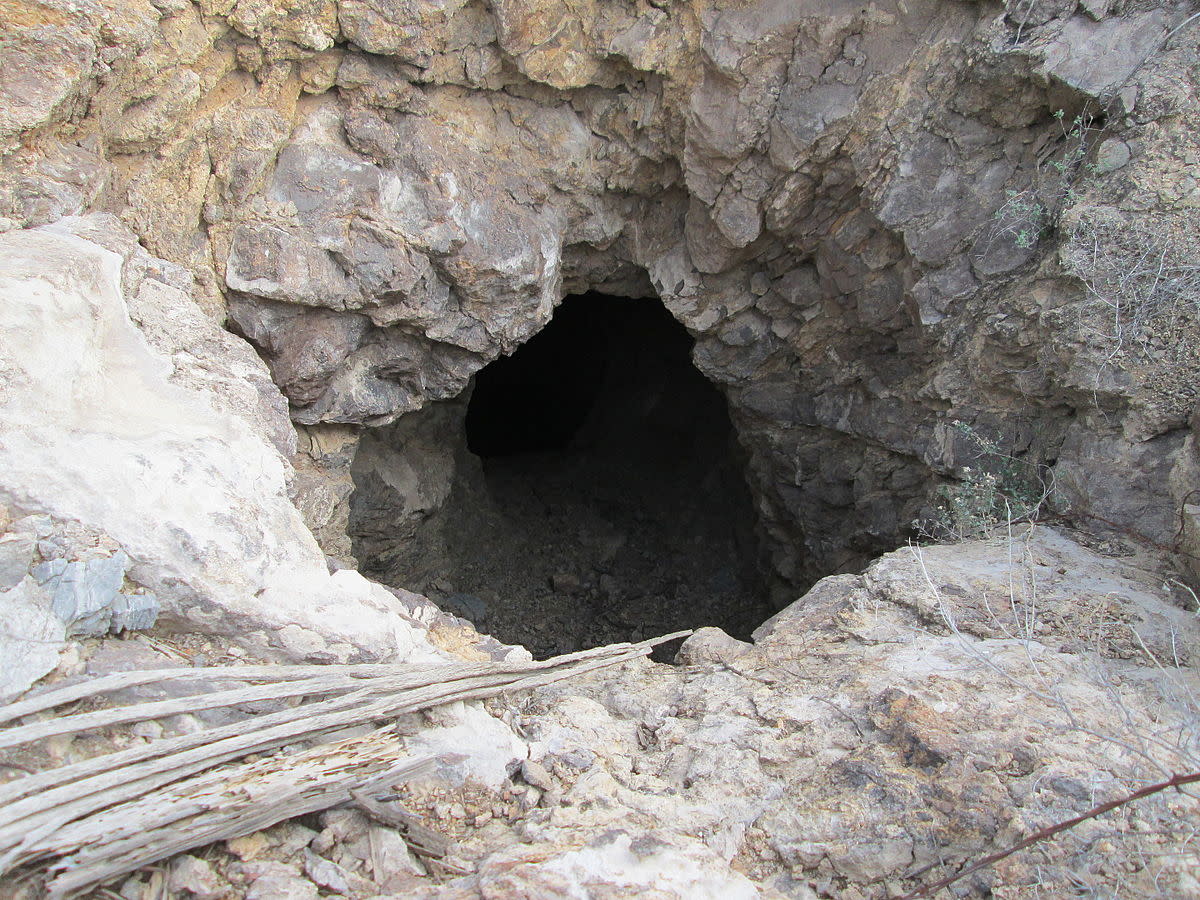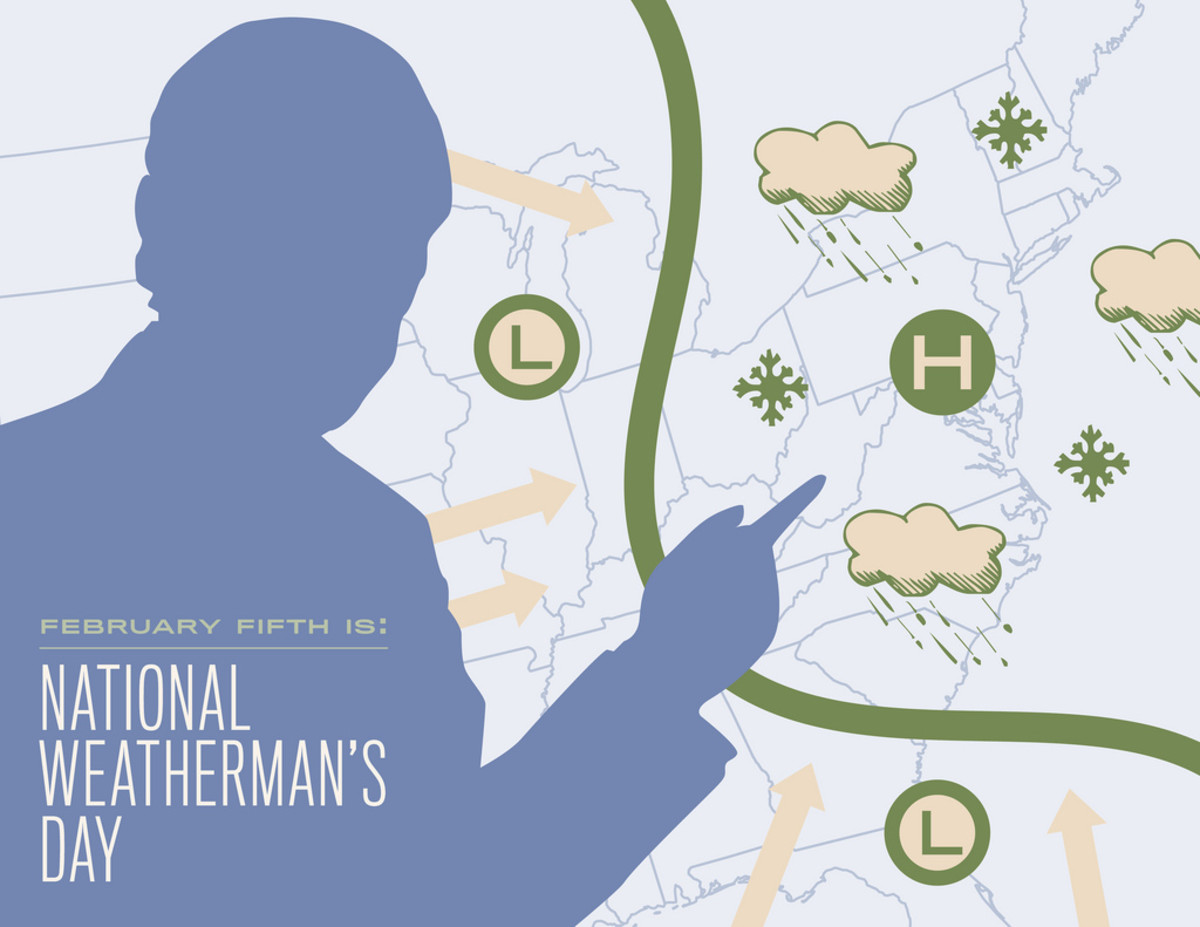Can Carbon Sequestration be Used to Control Our Carbon Emissions?
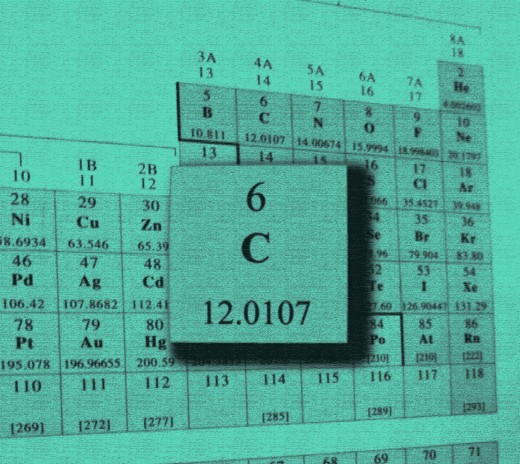
In a previous hub of mine about carbon cycle management, I discussed the use of carbon sequestration as a possible solution to reducing our carbon footprint. This method has many caveats and could someday prove viable in our fight against human created climate change. However, every new technology comes with a price. Society will someday have to decide if climate change is important enough to allow for more research into and/or the implementation of this technique.
Carbon sequestration, also known as carbon dioxide removal or geosequestration, is the process of capturing CO2 gas from the atmosphere or point source and injecting it into an underground storage reservoir. The gas is compressed into a liquid state and forced into existing geologic formations deep below the surface. Carbon can also be sequestered deep below the ocean floor.
Disadvantages of Carbon Sequestration
Currently, there are three downsides to this process: 1) Storage security, 2) Increased energy consumption, and 3) Large-scale practicality. Storage security refers to the inherent risk of storing CO2 at extremely high pressures. The systems that inject this greenhouse gas into the earth are subject to same things that reek havoc on everything else that we have created. Even with the best technology and procedures, failures are always a possibility. A catastrophic failure of a large system will not only cause millions of dollars of damage and hundreds, if not thousands, of deaths, it will release most of the gas back into the atmosphere. A large gas release, like the Lake Nyos disaster of Cameroon in 1986 [1], would be deadly.
The second downside to carbon sequestration is the increase in energy consumption needed by the sequestration systems. Coal burning power plants, for example, may need 10% to 20% of the energy that it creates to capture, compress, and inject the CO2 into the earth [3]. This is a best case scenario where the gas can be injected into the ground right below the power generation facility. If the gas has to be piped or trucked elsewhere, the energy costs will increase.
Carbon Capture and Storage
The third downside to carbon sequestration is the large scale practicality of this technique. To offset our impacts to the atmosphere, we would need an abundance of available geologic reservoirs. The available storage volume must be enough to sustain our needs for a very long time (50 to 100 years of storage at least) for it to even be a practical solution. The long term adverse impacts on nature created by the large scale injection of CO2 into the ground are currently unknown. Imagine millions of tons of liquefied carbon dioxide being pumped into the ground everyday. This would not necessarily be a permanent solution and could very well be a cause for future dilemmas.
Advantages of Carbon Sequestration
There is an upside to all of this though. Small scale success stories do exist. In 2010, a French methane processing plant began to successfully sequester more carbon dioxide than it produces [2]. Currently the United States federal government is spending a lot of money on researching the viability of this method. As with everything else, strides and advancements in technology will be made. Power plants will become more efficient, cars will release less greenhouse gases, and sequestration techniques will improve. All of these developments will result in an increased viability of sequestration as a way to manage the carbon cycle.
References
[1] Baxter, P., Kapila, M., Mfonfu, D., "Lake Nyos disaster, Cameroon, 1986: the medical effects of large scale emission of carbon dioxide?" Department of Community Medicine, University of Cambridge Clinical School, Addenbrooke's Hospital. May 1989. <http://www.ncbi.nlm.nih.gov/pmc/articles/PMC1836556/>
[2] Hir, Pierre Le. "French Carbon Sequestration Test Declared a Success." The Guardian Weekly. June 2010. <http://www.guardian.co.uk/environment/2010/jun/09/carbon-capture-storage-test-france>
[3] Richard, Michael Graham. "Important! Why Carbon Sequestration Won't Save Us" July 2006. <http://www.treehugger.com/files/2006/07/carbon_sequestration.php>
[4] United States Department of Energy, "Carbon Sequestration." March 2011. <http://www.fossil.energy.gov/programs/sequestration/>
[5] Wald, Matthew L. "For Carbon Emissions, a Goal of Less Than Zero." The New York Times. March 2008. <http://www.nytimes.com/2008/03/26/business/businessspecial2/26negative.html?pagewanted=all>


